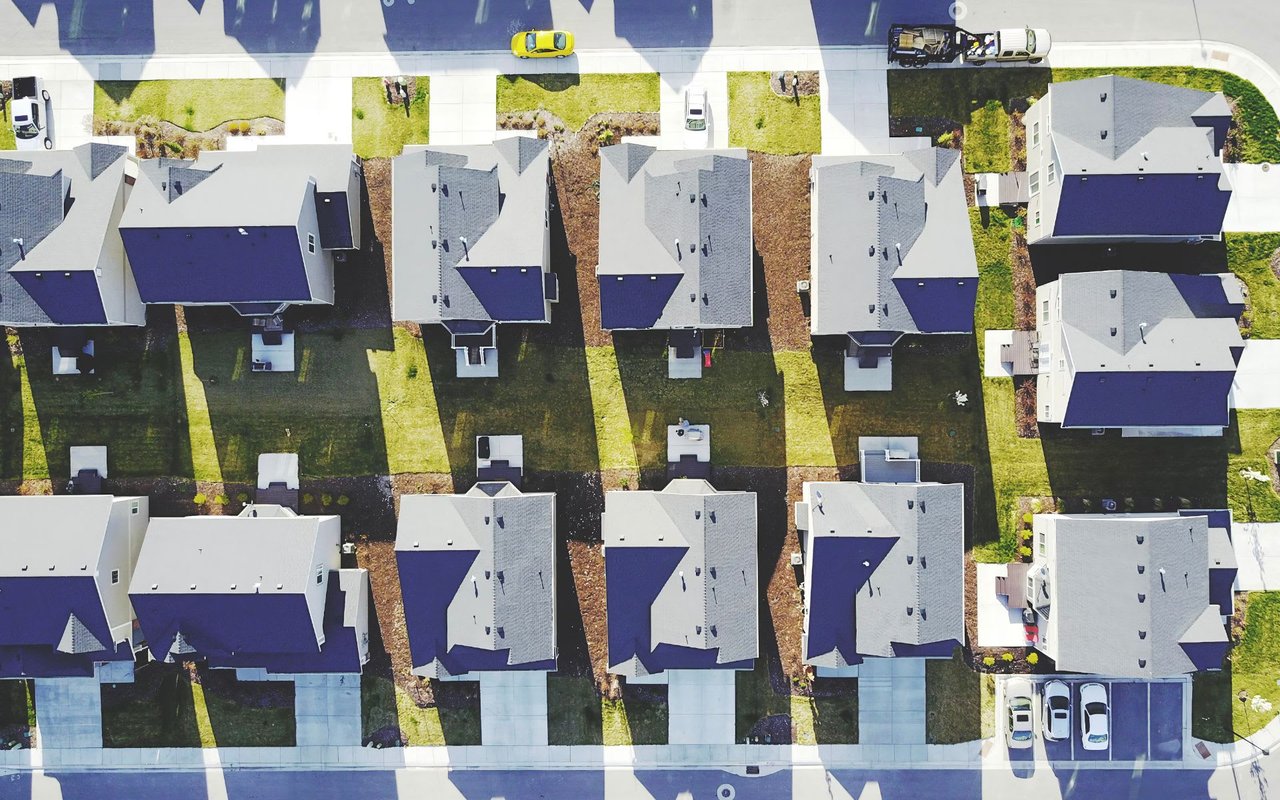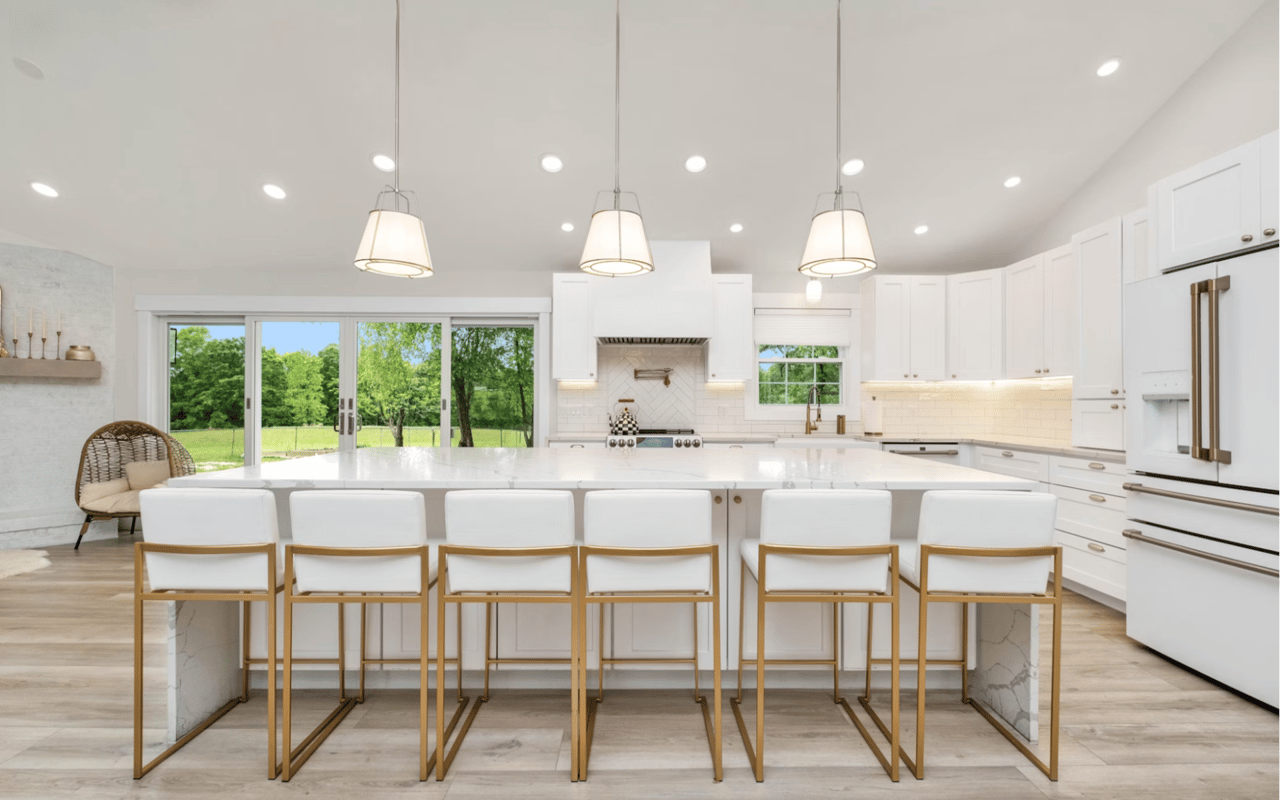When it comes to real estate, one of the most frequently discussed factors influencing a home's market value is its age. While newer homes often boast the latest amenities, older homes tend to attract buyers with their charm, history, and craftsmanship. However, the relationship between a home’s age and its market value is far from straightforward. Several factors come into play, including the condition of the property, location, architectural style, and recent upgrades. Understanding how a home’s age can affect its value will help both buyers and sellers make more informed decisions in the real estate market.
The Appeal of Newer Homes: Modern Conveniences and Fewer Repairs
- Modern Design and Technology: New homes are often built with open floor plans, high ceilings, and state-of-the-art technology. Features like smart home systems, energy-efficient windows, and contemporary kitchen appliances make these homes more attractive to tech-savvy buyers. In an era where convenience and technology integration are highly valued, newer homes offer a level of functionality that older properties may lack without extensive renovations.
- Energy Efficiency: Buyers are increasingly prioritizing energy efficiency, and newer homes are typically designed with this in mind. From better insulation and double-paned windows to energy-efficient HVAC systems and solar panels, these homes often require less energy to heat and cool, translating to lower utility bills. This efficiency not only appeals to eco-conscious buyers but also adds to the home’s long-term value.
- Minimal Repair Needs: Homes that are only a few years old typically require fewer repairs or upgrades, making them appealing to buyers who want a move-in-ready property. The newer construction materials, up-to-date plumbing and electrical systems, and solid warranties give buyers peace of mind that they won’t need to invest heavily in maintenance right away.
The Charm of Older Homes: Unique Design and Craftsmanship
- Architectural Character: Many older homes were built in architectural styles that are no longer common in new construction. Victorian, Colonial, Tudor, and Craftsman-style homes, for example, often feature intricate details, such as hand-carved woodwork, original hardwood floors, and custom-built cabinetry. These elements give older homes a sense of personality and craftsmanship that mass-produced modern homes may lack.
- Renovation Potential: Many buyers see older homes as a blank canvas for renovation. They are drawn to the opportunity to restore or upgrade the property while preserving its original character. A well-executed renovation that modernizes the home without stripping away its unique features can significantly increase the property’s market value.
Depreciation vs. Appreciation: How Home Age Impacts Value Over Time
- Depreciation: In general, the older a home becomes, the more it depreciates in terms of its physical structure. Roofs, HVAC systems, appliances, and other components have a finite lifespan, meaning that as a home ages, these elements will eventually need to be repaired or replaced. Depreciation can negatively impact a home’s value if the necessary repairs or updates aren’t made over time. Buyers looking at older homes may request price reductions if they anticipate significant repair costs in the near future.
- Appreciation: On the flip side, a home’s value can appreciate over time, particularly if it is located in a desirable area with increasing property values. Homes in sought-after locations—such as growing cities, historic districts, or waterfront areas—may see their value increase, even if the structure itself is older. Appreciation is also more likely when a home is well-maintained, with thoughtful upgrades and renovations that preserve or enhance its livability.
Renovation and Maintenance: Key Factors in Preserving Value
- Regular Maintenance: Consistent upkeep of an older home—such as replacing roofs, updating plumbing, and ensuring the foundation remains stable—can go a long way toward preserving its value. Homes that are well-maintained typically fare better in the real estate market, regardless of their age.
- Strategic Upgrades: Upgrading kitchens, bathrooms, or energy systems can help older homes compete with newer properties. For example, adding energy-efficient windows, modern appliances, or an updated HVAC system can make an older home more appealing to buyers and improve its market value. However, it’s essential that any upgrades align with the home’s architectural style to maintain its character.
For both buyers and sellers, understanding these nuances can lead to more informed decisions that maximize a home’s potential value, regardless of its age.





